Gimbals have come a long way in recent years, especially since the first Freefly Systems MōVI M10 gimbal was announced at around $15,000 USD almost five years ago in April 2013. Now you will find gimbal from various manufacturers at very affordable prices like Zhiyun-Tech’s Smooth Q gimbal for smartphones which is now only $99 USD.
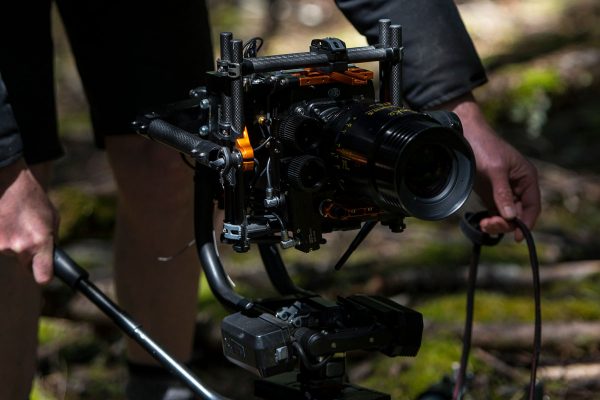
When stabilising larger cinema style cameras like a RED Weapon or Arri Alexa Mini with cine lenses, Freefly Systems is still one of the most commonly used gimbals found on set. Pricing for these larger systems has also come down with the MōVI Pro, released in November 2016, retailing for $6,500 in a handheld bundle. Other companies have also been targeting the market with gimbals like DJI’s Ronin 2 & the Letux Helix.
A big part of setting up a gimbal is the initial balancing. Balancing smaller mirrorless or DSLR cameras is generally quite straightforward since there is usually only the camera body & lens. Compared to a cinema camera package you may be balancing the camera body, cine prime or zoom lens, FI+Z motors, wireless transmitters & more.
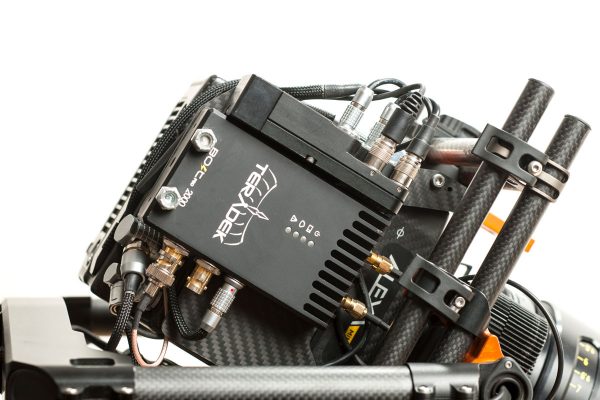
Balancing Act
To balance these setups, sometimes counterweights are needed due to the maximum range of movement (forward/back/sideways etc) that the camera can make. Certain accessories like lens motors can also interfere with the frame preventing the camera from moving further backward/forward so adding counterweight is required to achieve proper balance.
Adding counterweights not only makes the gimbal package heavier but there can be a lot of trial and error in the placement of the counterweight and how much counterweight to add. In some cases, adding counterweight is not even an option. When the gimbal is mounted on a drone, additional weight will affect flight time and performance.
Australian cinematography company Ignite Digi, has aimed to solve the need to add counterweight when the package needs more weight rearward to balance with their MōVI Tilt Cage Offsets. Ignite Digi is no stranger to creating accessories for the MōVI Pro, offering other various power adaptors, camera plates & more.
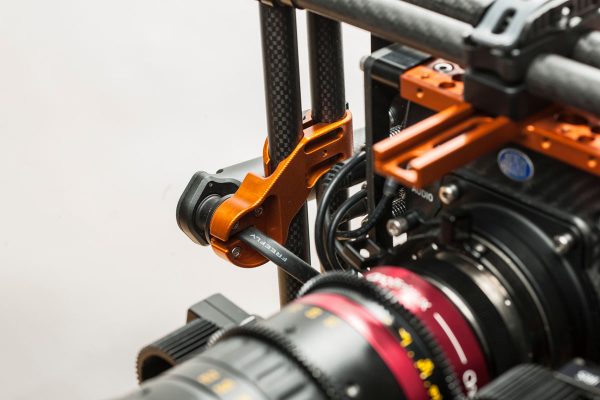
Offsetting the Camera Package
Ignite Digi’s Tilt Cage Offset brackets move the entire tilt cage by 35mm rearward, giving you more room to mount larger camera & lens packages like Cooke anamorphic lenses or Angenieux zooms.
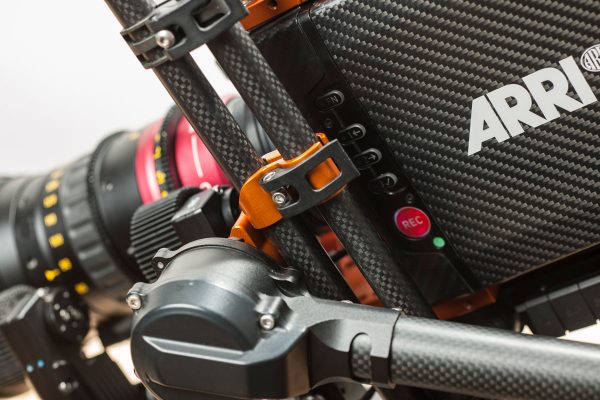
Another issue that may arise when trying to balance a camera package with FI+Z control is that the iris motor can impede when trying to shift the camera backward on the bridge plate. By using the offset brackets, you won’t need to shift the camera package as far back, giving clearance for the iris motors.
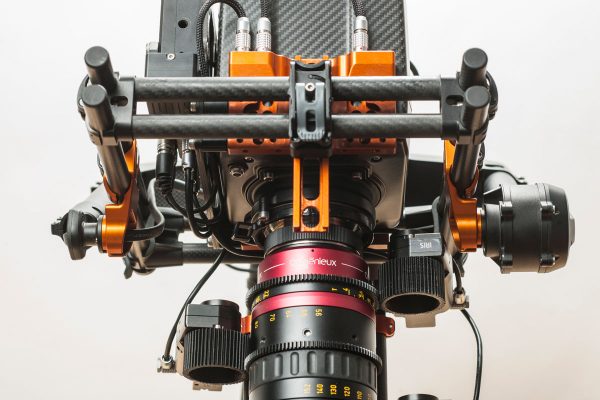
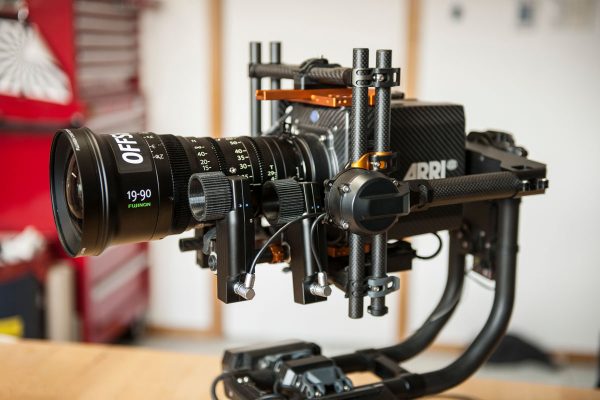
Movi operator & technician Chris Herr was involved in the design of the offsets. You have probably seen his Movi work on features like Straight Outta Compton & Into the Badlands. Recently he has been working on Venom.
“One of the challenges of being a gimbal operator is figuring out ways to cram a lot of camera and accessories into a very small space. With heavy anamorphic lenses and lightweight camera bodies with increasing integration, like the Alexa mini’s internal MDR , the CG of payloads is shifting forwards. While shooting “A Star Is Born” last spring I kept having to add more counterweight to prevent my iris motor from hitting the cage of the Movi Pro”
Any Downsides?
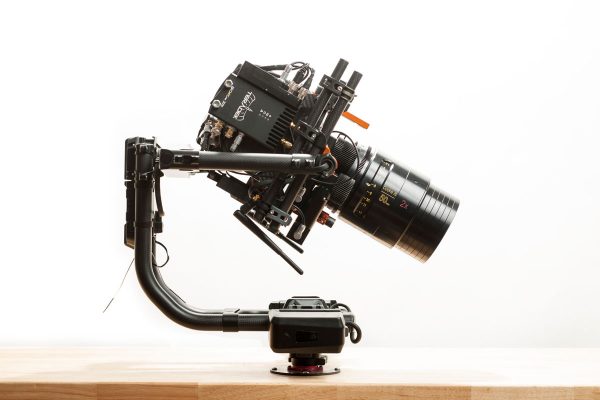
Tabb from Freefly Systems has mentioned that there could be issues due to the additional arc movement but Ignite Digi has yet to see any issues so far. Many customers have already started to use the tilt offsets and are being used around the world today.
Customer Feedback
Cinematographer and founder of Brooklyn Aerials, Tim Sessler has been using the tilt offset brackets since the first batch was created and had this to say:
The Tilt Offsets allow us to run bigger lenses and camera packages while keeping the overall weight down. Where we used to add stacks of counterweights we can now balance rigs often without adding any additional weight. That’s really great and allows us to keep the gimbal as light as possible which is crucial for drone work and just as important on the ground to stay nimble.The most amazing application of the tilt offsets was getting a Phantom Flex 4K on the Movi Pro.
Pre Tilt offsets I would have not even dreamed of doing that.The Tilt Offsets have dramatically improved the already amazing Movi Pro and are probably the most interesting Movi accessory out there for folks that want to run larger camera packages.
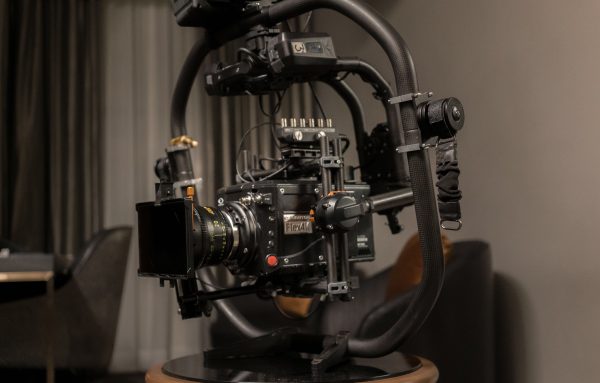
Pricing & Availability
Installation is quite simple taking about 10 to 15 minutes to install. The tilt cage offsets are machined from 6061-T651 aluminum and hard anodised for durability. Coming in a pair, they are available in a range of colours.
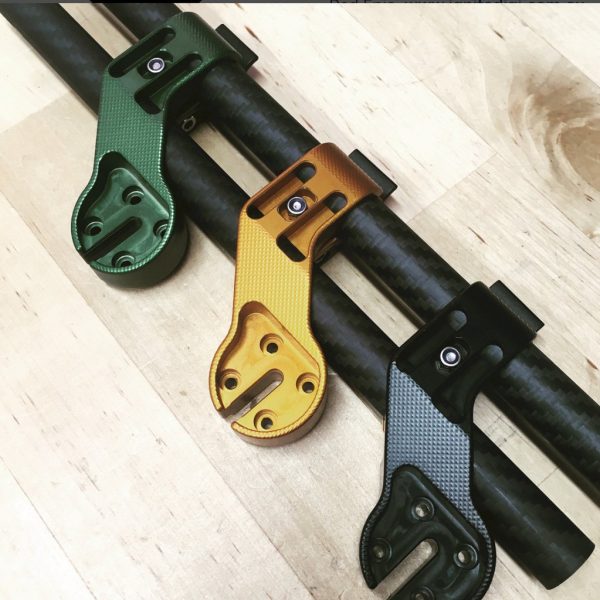
The tilt cage offsets are also compatible with Freefly Systems legacy gimbals, the M5, M10 & M15. A pair of the offsets retails for $415 AUD available for purchase directly from Ignite Digi’s online store.





